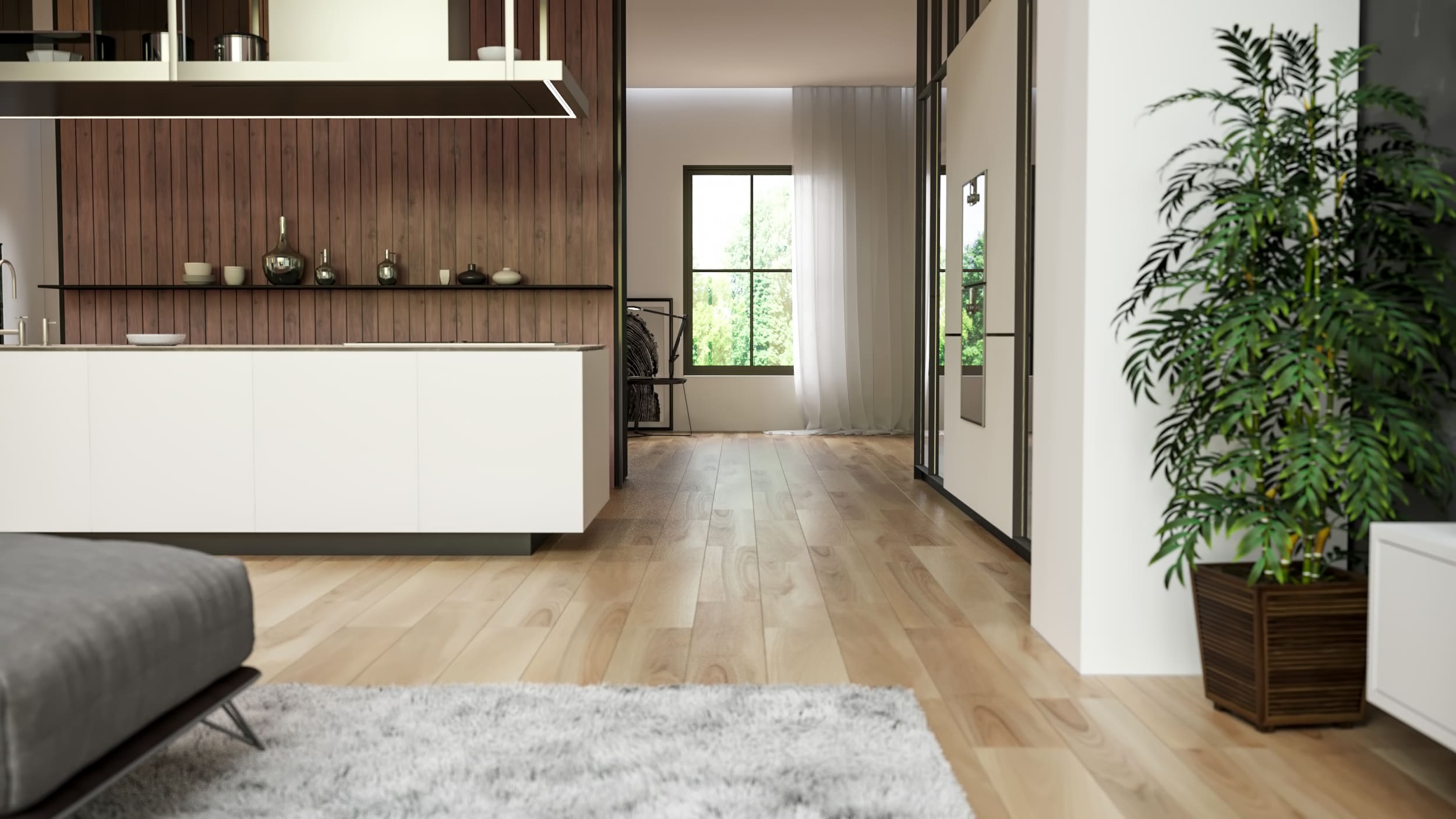Crafting Perfection: The Role of 3D Modeling in Product Development
Introduction to 3D Modeling in Product Development
In the dynamic world of product development, the ability to create a 3D product model stands as a pillar of modern design and manufacturing processes. This article dives into the integral role of 3D modeling in transforming product development across various industries. From intricate architectural designs to sophisticated automotive engineering, 3D modeling has become an indispensable tool. It enhances the precision and efficiency of product development and opens up new realms of creativity and innovation. By providing a detailed exploration of the technologies, tools, and applications of 3D modeling, this piece aims to offer comprehensive insights into how 3D modeling reshapes the landscape of product design and development.
Technological Tools and Software in 3D modeling
Various technological tools and Software support 3D modeling in product development, each offering unique features and capabilities. Understanding these tools is crucial for anyone involved in 3D rendering and product design.
Critical Software in 3D modeling
Leading the pack in 3D modeling software are platforms like Autodesk 3ds Max, Blender, and SolidWorks. Autodesk 3ds Max is renowned for its robust modeling capabilities, extensive plugin architecture, and application in game development and film visual effects. It offers a wide range of parametric and organic modeling tools, allowing designers to create complex geometries with high precision.
Blender, an open-source 3D modeling suite, stands out for its versatility and comprehensive feature set, including modeling, rigging, animation, simulation, rendering, compositing, and motion tracking. Blender's ability to handle various tasks makes it a popular choice among independent designers and small studios.

Image from Yousee Studio
SolidWorks, primarily known for its engineering-focused features, excels in creating precise 3D models for mechanical engineering and product design. Its parametric modeling capability, where parameter changes automatically update the entire model, is highly valued in engineering applications where precision is paramount.
Comparative Analysis of Tools
When comparing these tools, several factors come into play, such as ease of use, compatibility with other Software, and specific industry applications. For instance, Autodesk 3ds Max is preferred in industries where visual effects and aesthetics are essential. SolidWorks is the go-to for mechanical engineering due to its advanced simulation capabilities and integration with manufacturing processes. Being free and open-source, Blender is an excellent option for individuals and small firms looking for a cost-effective yet powerful solution.
The choice of Software often depends on the project's specific requirements and the designer's expertise. As the field of 3D modeling continues to evolve, the capabilities of these tools are constantly expanding, offering ever more sophisticated solutions for product development challenges.
Enhancing Design Accuracy and Efficiency
3D modeling has revolutionized product design by significantly enhancing both accuracy and efficiency. This section explores how these improvements manifest in the product development process.
Improving Design Accuracy
The precision offered by 3D modeling tools is unparalleled. Designers can create detailed models that accurately represent every aspect of the product, from dimensions and shapes to textures and colors. This accuracy is crucial in industries like aerospace and automotive, where even minor errors can have significant consequences. For example, in automotive design, 3D models allow engineers to examine a vehicle's aerodynamics and structural integrity before a physical prototype is built. This level of detail ensures that potential issues are identified and addressed early in the design process, reducing the risk of costly mistakes.
Streamlining the Development Process
3D modeling also streamlines the product development process by enabling rapid prototyping. Designers can quickly create and modify models, speeding up the iteration process. This agility allows for more extensive testing and refinement of designs, ultimately leading to higher-quality products. Additionally, 3D modeling facilitates better communication within design teams and with clients. A 3D model can be easily shared and reviewed, making conveying complex concepts and collaborating on modifications simpler.
In industries like architecture, 3D modeling has changed the game by allowing architects to create detailed renderings of buildings and interiors. These models help visualize a space's looks and functions, aiding decision-making and client presentations. Moreover, 3D modeling has enabled the integration of building information modeling (BIM), which adds a layer of data to the model, including information about materials, cost, and project timeline. This integration enhances both the design quality and the efficiency of the construction process.
In conclusion, the first half of this article has outlined the crucial role of 3D modeling in modern product development, highlighting the essential tools and Software used in the industry and exploring how 3D modeling enhances design accuracy and efficiency. As we delve deeper into this topic in the second half of the article, we will look at how 3D modeling facilitates collaboration and communication in product development and examine future trends and predictions in this rapidly evolving field.
Facilitating Collaboration and Communication
The advent of 3D modeling in product development has significantly enhanced the collaboration and communication among design teams, clients, and stakeholders. This section delves into the transformative impact of 3D models in fostering a collaborative environment and improving the overall efficiency of the development process.
Collaboration Among Design Teams
In the realm of product development, collaboration is critical. 3D modeling facilitates a seamless interaction between various design team members, including engineers, architects, and designers. With 3D models, each team member can contribute their expertise in real time, making the development process more dynamic and inclusive. For instance, in the automotive industry, where the integration of mechanical, electrical, and aesthetic elements is crucial, 3D models enable different teams to work simultaneously on the same model. Engineers can focus on the mechanical aspects, such as the engine design, while designers work on the exterior aesthetics. This concurrent engineering approach, enabled by 3D modeling, saves time and ensures a more cohesive and integrated product design.
Enhancing Client and Stakeholder Communication
3D modeling also plays a pivotal role in improving communication with clients and stakeholders. Traditional 2D drawings and blueprints can be challenging for non-specialists to understand, leading to miscommunication and unmet expectations. However, 3D models provide a more intuitive and accessible way to present designs. Clients can visualize the final product more realistically, which helps in making informed decisions and providing constructive feedback. For example, in architectural projects, 3D renderings and walk-throughs enable clients to understand spatial relationships and design elements more effectively, leading to higher satisfaction with the outcome.
Moreover, advancements in 3D modeling have led to the development of interactive models that clients can explore independently. These models can often be manipulated, allowing clients to see design, color, or material variations. This interactive element not only engages the client more deeply but also empowers them to be an active participant in the design process.
Case Studies of Successful Collaborative Projects
Successful implementations of 3D modeling in collaborative projects are numerous. One notable example is the aerospace industry, where companies like Boeing and Airbus use 3D modeling to bring together teams from different parts of the world. These teams collaborate on complex aircraft designs, with 3D models ensuring consistency and precision across all components. Another example can be seen in the construction industry, where 3D models coordinate the work of architects, engineers, and construction teams. This coordination is crucial in large-scale projects, where minor discrepancies can lead to significant delays and increased costs.
Predictions and Future Trends in 3D Modeling
As we look towards the future, it’s evident that 3D modeling will continue to play a significant role in product development. This final section explores the potential advancements in 3D modeling technology and how they might shape future industry trends.

Image from Yousee Studio
Continued Technological Advancements
The field of 3D modeling is poised for further technological advancements. One area of development is in the realm of realism and detail. As computing power increases, we can expect 3D models to become even more detailed and lifelike. This advancement will be particularly impactful in industries like film and video games, where visual realism is paramount.
Another area of development is integrating artificial intelligence (AI) with 3D modeling. AI algorithms can assist in automating certain aspects of the modeling process, such as optimizing designs for structural integrity or energy efficiency. This integration could significantly reduce the time and cost of product development, allowing for more rapid prototyping and innovation.
Emerging Trends in Various Industries
In terms of industry trends, the use of 3D modeling is expected to become more widespread and sophisticated. For example, 3D modeling is used in the medical field to create detailed anatomical models for surgical planning and education. The future might see this extended to creating personalized medical devices and implants tailored to individual patient’s anatomy.
In architecture and construction, the trend of Building Information Modeling (BIM) is likely to grow. BIM involves creating a digital representation of a building’s physical and functional characteristics, making it a powerful tool for managing information throughout its life cycle. The future of BIM could involve more integrated and intelligent models that can, for instance, predict the maintenance needs of a building or optimize its energy usage.
Global Reach and Accessibility
Finally, the accessibility of 3D modeling tools is likely to increase. With the rise of cloud computing and more user-friendly software interfaces, 3D modeling tools will become more accessible to a broader range of users, from professional designers to hobbyists. This democratization of 3D modeling tools will likely lead to a surge in creativity and innovation as more people can bring their ideas to life.
In conclusion, the role of 3D modeling in product development is multifaceted and continually evolving. From enhancing design accuracy and efficiency to facilitating collaboration and communication, 3D modeling is a fundamental tool in modern product development. Looking forward, the ongoing advancements in technology and the emerging trends in various industries suggest that 3D modeling will continue to be a vital component in crafting perfection in product development. As we embrace these changes, the possibilities for innovation and creativity in product design seem limitless.
Contact us at YouSee Studio for captivating 3D renderings and immersive virtual experiences.
Karen Spacey is a content writer and the author of this article.


